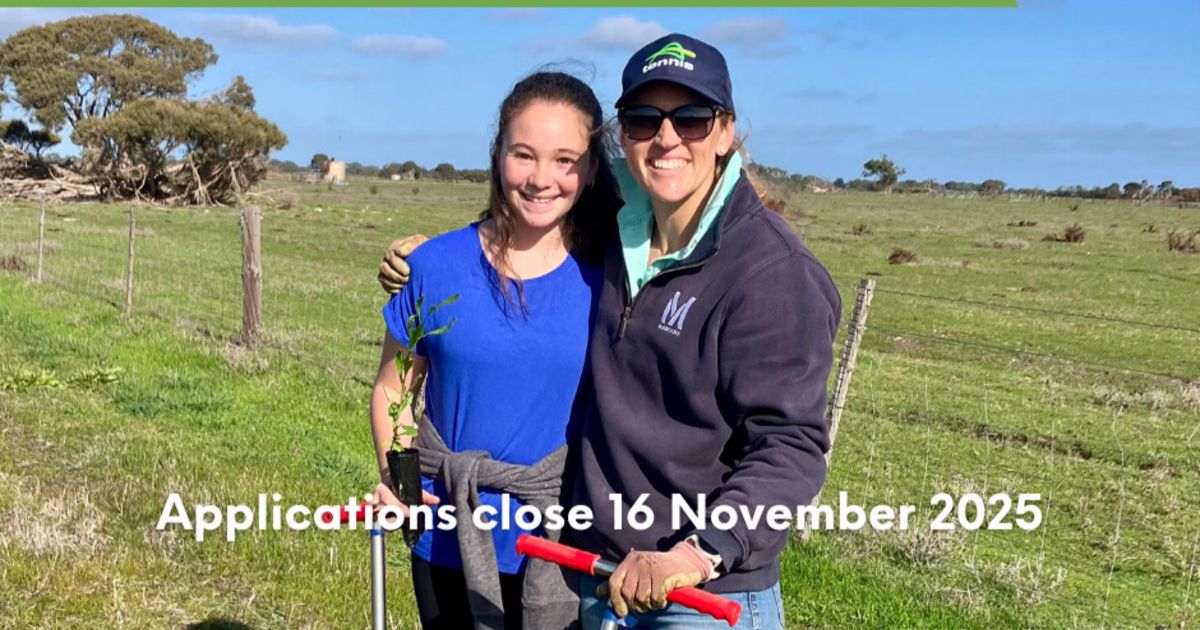Fighting fires with technology
State Government investment in the South East region
For the first time in Australia artificial intelligence will be commercially used to detect and monitor bushfires and the South East will be the beneficiary of this game changing technology. State Government upgrades of vital infrastructure to protect the South East – along with its $860 million forestry industry – will be in place in time for summer. Delivering on a $2.346 million election commitment to upgrade the towers – Pano AI has been announced as the successful tender of the full camera-based fire detection system.
The project is being implemented in partnership with Green Triangle Forest Industries Hub (GTFIH), with $1 million of the funds targeting the new technology. Green Triangle Forest Industries Hub chair Cameron MacDonald (pictured right) welcomed the investment.
“It is vital as a rural sector that we to utilise leading technology as a key protection measure not only for our plantations but also the communities that we live and operate in,” he said. “The nature of fire is such that it is critical coming into this next fire season that the whole community comes together to protect against potential fire threats and working closely with the State Government on maximising our fire defences is an important part of that.”
The transition to the AI powered bushfire detection and monitoring system, will result in an Australian first fully integrated active bushfire detection platform utilising satellite technology, ultra-HD 360-degree panoramic cameras and AI aimed at improving early detection of fires.
Pano AI chief commercial officer Arvind Satyam described South Australian Minister for Forest Industries Clare Scriven and Cameron MacDonald as trailblazers in leveraging modern technology to combat the growing threat of bushfires. “When Pano detects a fire threat through an AI algorithm, our 24/7 human intelligence centre confirms the fire and sends an alert within minutes, helping customers and authorities by rapidly sharing real-time intelligence to their extended and remote teams, enabling a fast, safe and coordinated response,” Mr Satyam said.
Early detection is the key element of the Green Triangle Forest Industry’s rapid response fire management process, helping to identify and extinguish any potential fire outbreaks before they become a threat.
The new system follows technology trials conducted at The Bluff, Penola North and Mt Burr towers along with a further industry funded camera at Centenary Tower during the 2022-23 fire season. Installation work on the cutting-edge system is expected to commence shortly and be in place in time for the 2023-24 fire season.
SA Premier Peter Malinauskas (pictured left) said the Green Triangle plantation forest region was one of the powerhouses of the Australian forest and forest products industry.
“The South Australian portion of the region contributes more than $860 million to South Australia’s gross state product annually, making it one of the state’s most productive sectors,” the Premier said. “It is therefore essential that we continue our commitment to protect not only the region’s forest estate, but more importantly those that live and work in the region.

Implementing this Australian first technology improves the safety of all.”
Other tower upgrade works including access infrastructure is already underway with the design for the new Penola North Tower now complete. The new tower is also expected to be operational in time for the forthcoming fire season.
Minister Scriven said South Australia’s $1.4 billion forest industry has had a long and strong history of embracing cutting edge technology and the implementation of Pano’s AI fire detection system continues this proud legacy.
“Unfortunately, fire doesn’t recognise boundaries so this collaborative State Government/ industry initiative in utilising this ground-breaking technology helps us to ensure the best fire management tools are at our disposal,” she said. “This is a system that isn’t just for the benefit of the Green Triangle Forest region but is a win-win for all other landscape users, primary prod



















